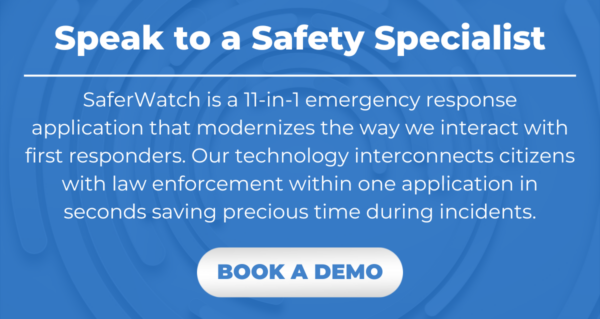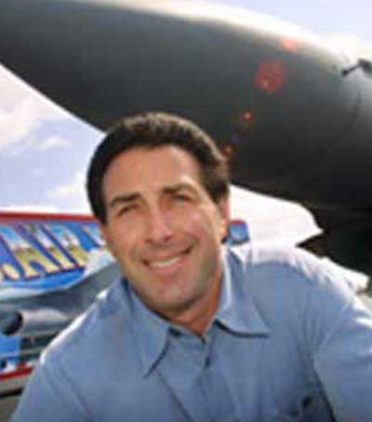Creating a Safer Workplace: Strategies to Prevent Violence
In today’s world, ensuring workplace safety goes beyond the traditional focus on physical hazards. The rising concern of workplace violence demands a proactive approach from employers to protect their employees and create a secure working environment. Workplace violence can manifest in various forms, including physical altercations, verbal abuse, harassment, and even active shooter situations. It not only poses a threat to the physical well-being of employees but also affects their mental health and productivity.
The Occupational Safety and Health Administration (OSHA) revealed that close to two million U.S. workers experience workplace violence annually. Additionally, the Traliant report highlighted issues concerning workplace violence, misconduct, and harassment, with key findings indicating that nearly one in four employees witnessed workplace violence in the past five years, while 12% were direct targets of such violence. Therefore, implementing effective prevention strategies is paramount.
Awareness:
The first step in preventing workplace violence is raising awareness among employees about the issue and its potential consequences. This includes educating them about the different forms that workplace violence can take, from harassment and bullying to physical assault. Employers should also encourage employees to speak up if they witness or experience any concerning behavior, and provide them with channels for reporting such incidents anonymously if they feel uncomfortable coming forward openly.
Policy and Procedure:
Establishing clear policies and procedures for preventing and responding to workplace violence is essential. This includes defining what constitutes unacceptable behavior, outlining the consequences for violating the policy, and establishing protocols for reporting incidents and seeking assistance. These policies should be communicated to all employees regularly and enforced consistently to ensure that everyone understands their role in maintaining a safe work environment.
Training and Skills Development:
Providing employees with training and skills development opportunities is another crucial aspect of preventing workplace violence. This training should cover topics such as conflict resolution, de-escalation techniques, and recognizing the warning signs of potential violence. By equipping employees with the knowledge and skills they need to diffuse tense situations and respond appropriately to threats, employers can empower them to play an active role in preventing violence in the workplace.
Communication:
Effective communication is key to preventing workplace violence, and tools like SaferWatch can play a valuable role in facilitating this communication. SaferWatch allows employees to report tips anonymously such as safety concerns, suspicious behavior, or potential threats, providing them with a safe and confidential way to speak up. Employers can then use this information to take proactive measures to address any issues before they escalate into violence.
Evaluation:
Finally, ongoing evaluation is essential to ensuring that the strategies put in place to prevent workplace violence are effective. This includes regularly reviewing incident reports, analyzing trends and patterns, and soliciting feedback from employees about their perceptions of safety in the workplace. Employers should use this information to identify any areas for improvement and make adjustments to their prevention strategies as needed.
By taking proactive measures to create a culture of safety and providing employees with the resources they need to identify and respond to potential threats, employers can significantly reduce the risk of violence in the workplace. Together, we can work towards building a safer environment for everyone.
























